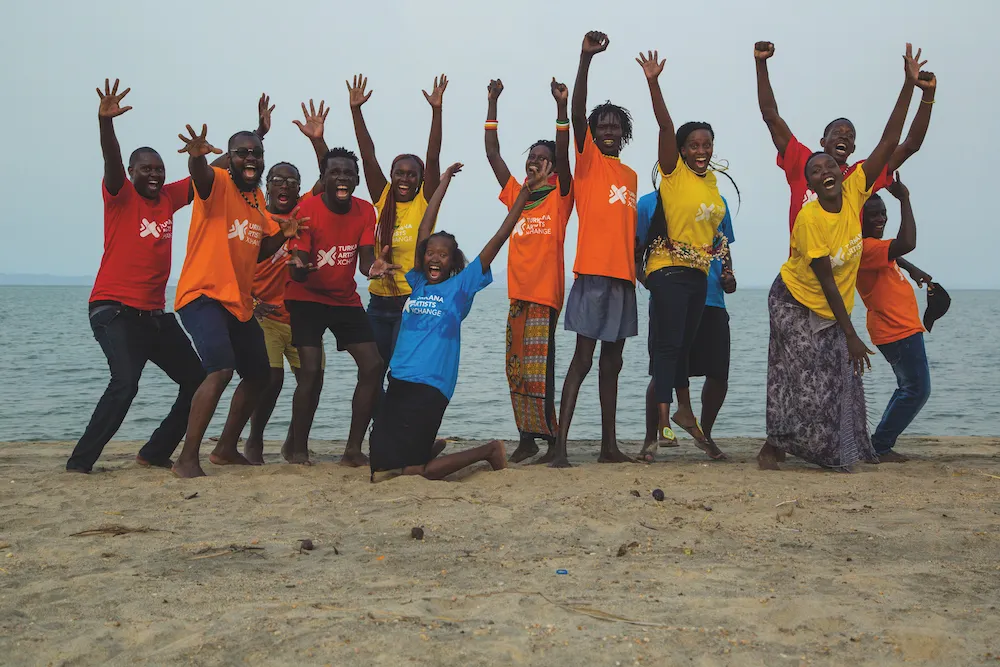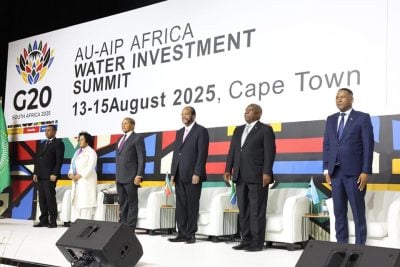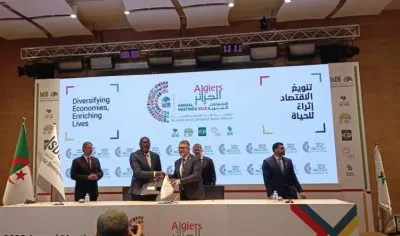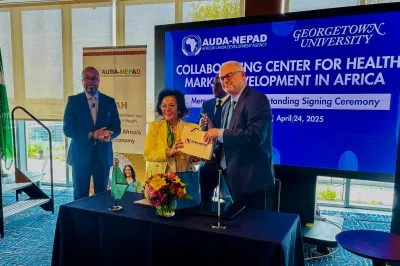Energy is not generated in a vacuum, and far too often the communities native to the centres of production are, if anything, the last to be brought into conversations about potential projects in their land or neighbourhoods.
Turkana County forms the northernmost corner of Kenya and borders Southern Sudan to the north and Uganda to the northwest. It is a vast arid area that has suffered from years of neglect due to historical political marginalisation, hence it has remained underdeveloped, underserved and poor, causing communal conflicts and social stress.
The locals are nomadic pastoralists whose livelihood is in cattle keeping. Due to their marginalisation, the Turkana have been at the periphery of many important decisions concerning their region, and their futures as well.
Over the last two decades, the political and economic importance of Turkana has changed. When oil was discovered in the Turkana Basin in 2012 there was great excitement among the political elite and the Kenyan public. Tullow Oil won a concession to explore the commercial viability of the oil deposits. Further east, in Marsabit County, the Lake Turkana Wind Power Project has been successfully completed.
With these two developments, Turkana gained new political and economic status both nationally and internationally. This brought with it renewed interest and vitality in the region, with the local youth dreaming of dividends from the investments.
The Turkana Artists Xchange initiative is an example of young creatives reimagining their futures and inviting us to their world-making project as they reframe old, demeaning narratives about place and people.
What is the Turkana Artists Xchange?
The Turkana Artists Xchange is a joyful, collaborative exploration bringing together artists from Nairobi and Turkana to create work inspired by the region, resulting in bold new visuals and a new way of thinking that is modern yet deeply rooted in tradition.
Historically, Turkana was so marginalised that the people did not identify as Kenyans. Post-independence policies had overlooked the arid north, home to nomadic cattle keepers, focusing on the agriculturally rich south of the country, where it was believed the quickest path to economic growth lay. But now with the discovery of oil, Kenya was laying claim to Turkana.
Film director Jackie Lebo felt deeply drawn to the story. Just one generation before, her family was compelled by the twin forces of colonialism and modernity to abandon a life of nomadic pastoralism that relied on cattle and other livestock. To Lebo, as a child, her grandfather’s stories of wandering all over the Rift Valley with their animals seemed far removed from the sedentary life they now lived.
In 2018 she began work on a film – Turkana: Race for Resources, which depicts the complex legacy of the oil discovery and its regional impact. She conceived the Turkana Artists Xchange as a companion project. The collective brings together 14 creatives who create collaborative works combining the visual arts, music, fashion and design. To date they have created seven projects.
Giving voice to people of Turkana
To make Turkana: Race for Resources, Lebo reached out to childhood friend Ikal Angelei, who had moved back to Turkana and was now a Goldman Prize-winning activist working with communities in the region on environmental and economic rights.
Ikal provided insight to the area and helped the filmmaking team gain access to villages and individuals most affected by the oil. The filmmaking team went into the project believing people wanted a fair share of oil revenues, which was true, but they wanted so much more.
“They really challenged what we believed,” says Lebo. “They also wanted water and security to continue their pastoralist way of life because it was part of their culture and identity.”
Want to continue reading? Subscribe today.
You've read all your free articles for this month! Subscribe now to enjoy full access to our content.
Digital Monthly
£8.00 / month
Receive full unlimited access to our articles, opinions, podcasts and more.
Digital Yearly
£70.00 / year
Our best value offer - save £26 and gain access to all of our digital content for an entire year!
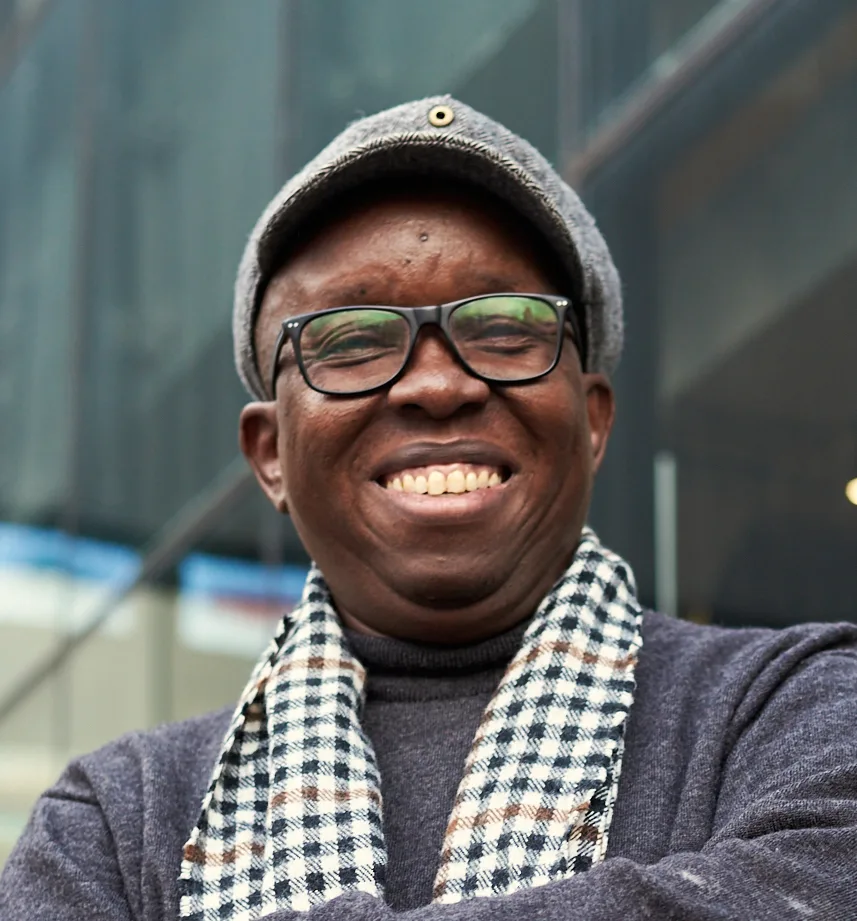
 Sign in with Google
Sign in with Google 